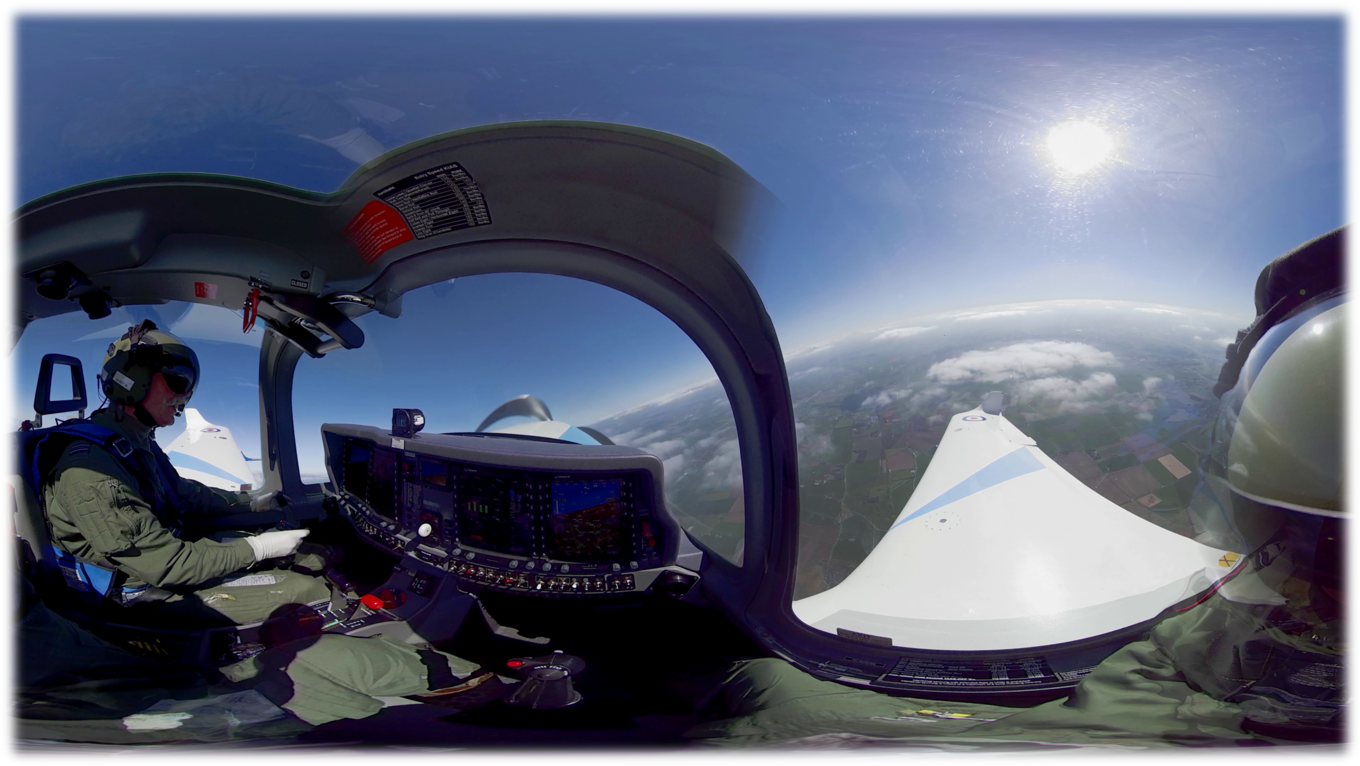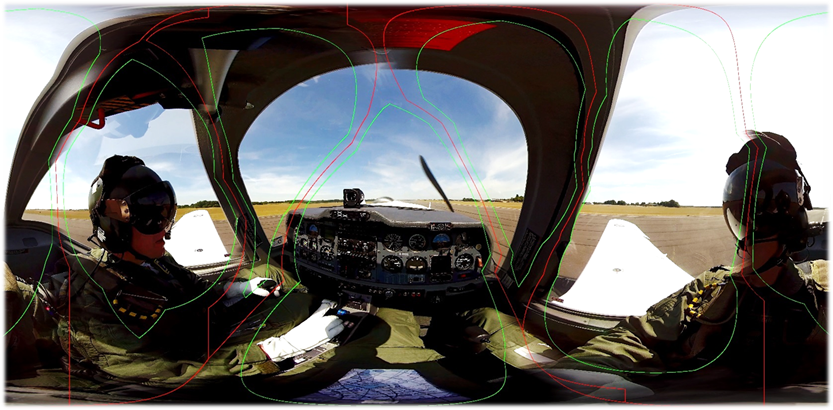The Central Flying School (CFS) was formed 109 years ago as part of the Royal Flying Corps (RFC). In the early days of flying, it was noticed that there was a lack of standardisation among new pilots. A concept of training flying instructors to a high standard before allowing them to instruct was suggested and adopted which led to improvements in flying training for both the instructor and trainees. In 1918 the RFC and Royal Naval Air Service amalgamated to form the Royal Air Force.
Today, the CFS is based at RAF Cranwell as part of 22 Group, but a Defence asset; CFS delivers, develops and assures excellence in aircrew instruction across a broad spectrum of organisations. CFS personnel are a mixture of tri-service regulars and reservists, and civil servants who provide a broad portfolio of experience.
CFS comprises a small HQ, Exam Wing and Development & Delivery (D&D) Wing. The unit’s HQ is at RAF Cranwell but CFS Examiners are also based at RAF Valley in Wales, RAF Shawbury in Shropshire and RAF Syerston in Lincolnshire.
D&D Wg is further divided into the Smith Barry Academy and CFS(Helicopters). The Smith Barry Academy is located at RAF Cranwell in the Trenchard Building. It advises and provides oversight of innovation and R&D within flying training. CFS personnel are currently trialling new synthetic training equipment using virtual reality technology that will be at the heart of the Next Generation Royal Air Force.
The Research and Development section comprises 2 personnel; a Research Psychologist and an RAF Pilot who has significant experience in military flying training. In collaboration with other organisations (eg Defence Science and Technology Laboratory (DSTL) and industry partners), this section examines training technologies and techniques that will help augment and support our current training model to enable our future war fighters to be the best they can be. The landscape of warfare is changing faster than ever before. To keep pace, we sometimes need to enhance what has worked in the past and move forward with new technologies.
New technology is ingrained in our aircrew trainees of tomorrow and it’s important for the military to keep innovating and advancing. However, we must be mindful of the dazzling technology and the amount of offers within the sphere of flying training, as not every “solution” is effective in terms of cost or training capability. This is where the R&D section works to collaboratively trial tech solutions to assess their effectiveness and suitability. This has included Virtual Reality (VR) software/hardware and the effectiveness of 360 video to name a few.
360 Degree video and virtual reality: Differences and applications
The title 360 Video, and acronyms VR and Augmented Reality (AR), are often used interchangeably. For many, "VR" is a catch-all that applies to anything life-like that's computer generated. But the terms are clearly distinct. 360 Video and VR involve a head-set being worn by the user which is possibly part of the reason they are often mixed up. AR can use a head-set or smart glasses, but it can also be viewed using a normal smart phone type device (made famous during the Pokemon Go game).
Here's a simplified way to understand the differences between 360 Video and VR:
• 360 Video example:
Live recorded footage from a real aircraft being flown and captured with a 360 camera. This can be used to give a real-time demonstration of a flying event or skill for a student, enhanced by added talk-throughs and graphics by an instructor. However, it is passive (you can see it, but you cannot interact with it).
• Virtual Reality (VR) example:
A computer-generated environment, including the cockpit, in which your simulated self can move around and interact with the virtual controls, displays and other generated aircraft. Many systems have physical flying controls to improve muscle memory. A cost-effective training solution to help transfer skills from the ground training environment into the air. This allows more effective use of airborne training to solidify and hone skills. Extremely accessible to individuals at a relatively low cost.
CFS/SBA have engaged in a number of proof-of-concepts exploring the use of 360-degree video across a wide range of training aircraft, including Tutor, Prefect, Juno and others. Using high-end professional cameras, these projects have shown that, when implemented correctly, 360-degree video can be a useful tool that can aid students’ perceptions of preparedness and understanding of concepts.
SBA have also been directly involved in trialling the future effectiveness of VR training. The aim is to assess how well flying students can learn in a virtual environment and then transfer these skills into other environments. The aim is to give students increased access to effective training solutions enabling them to be better be prepared for live training. However, we must ensure the benefits are analysed and assessed to confirm that the “attractiveness” of new technology doesn’t lead to negative training.









